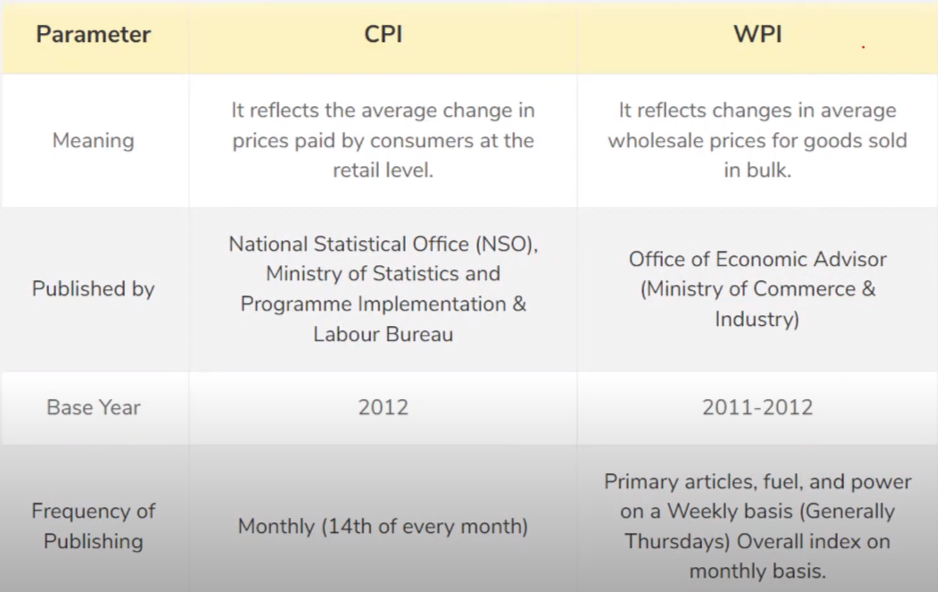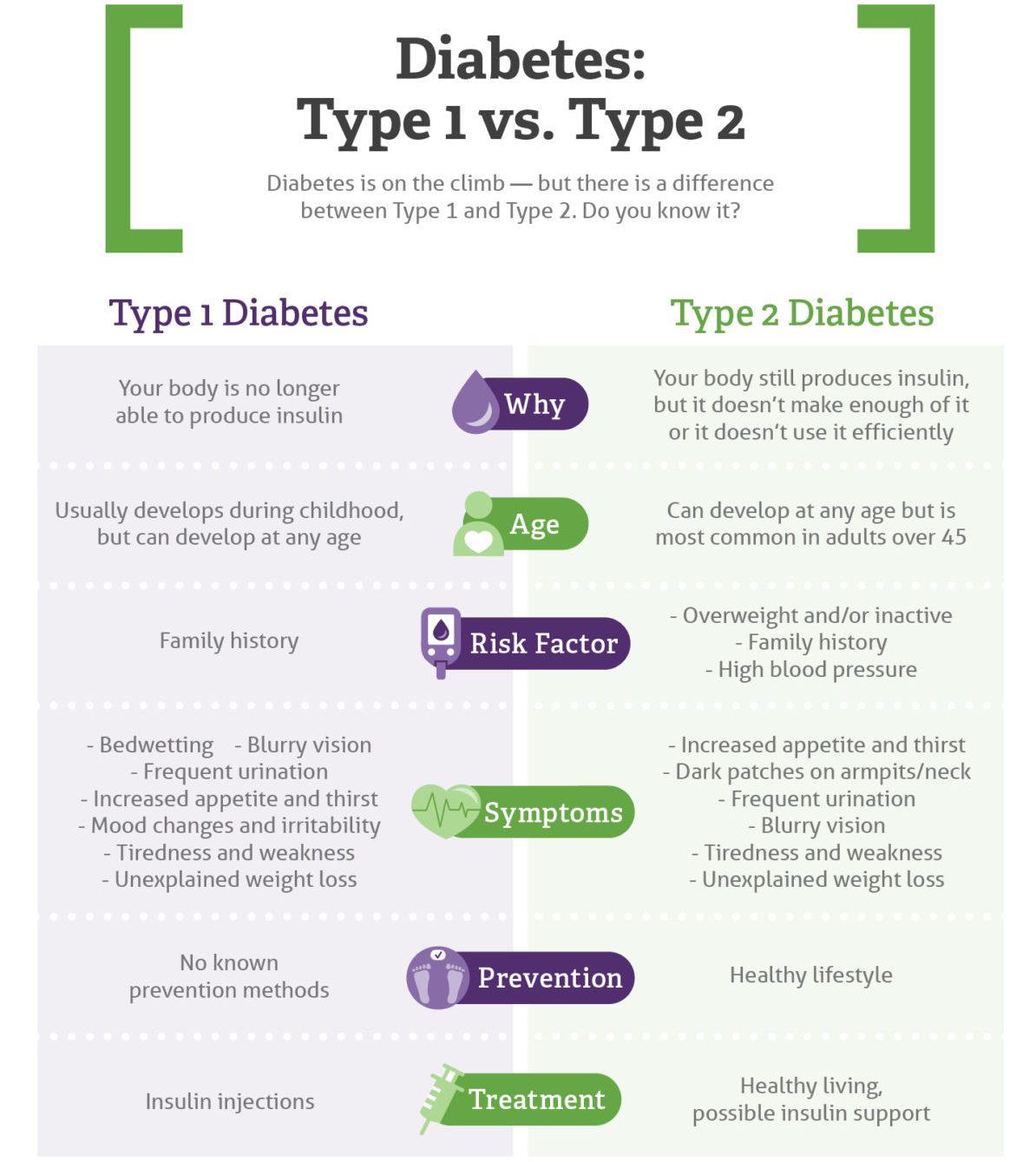The Hindu Analysis
Video
Read Analysis


Headlines
- Retail inflation eases to a four-month low - Page No.1, GS 3
- Enhancing representation, for a just electoral system - Page No.6, GS 2
- Remission of diabetes, desirable, but not essential - Page No.6, GS 2
- Index of Industrial Production - Page No.6, GS 3
- Delhi most polluted city in world: Swiss survey - Page No.12, GS 3
Retail inflation eases to a four-month low - Page No.1, GS 3

-
What is the Consumer Price Index (CPI)?
- The Consumer Price Index (CPI) is a statistic used to assess changes in the average price level of goods and services purchased by households over time.
- It is a widely used economic statistic that helps assess inflation and the cost of living.
- The CPI basket comprises 448 items in rural and 460 items in urban.
- There were four Consumer Price Indices in the economy, each covering a different socioeconomic group.
- Consumer Price Index for Industrial Workers (CPI-IW),
- Consumer Price Index for Agricultural Laborers (CPI-AL),
- Consumer Price Index for Rural Laborers (CPI-RL),
- Consumer Price Index for Urban Non-Manual Employees (CPI-UNME).
- CPI is now using a new series based on the base year 2012=100 for all of India as well as States/UTs separately for rural, urban, and combined. Consumer Price Indices are published by the Central Statistics Office (CSO), Ministry of Statistics and Program Implementation (MOSPI). What is the Wholesale Price Index (WPI)?
- In India, this is the most widely used method for calculating the inflation rate. The Wholesale Price Index is the index used to calculate wholesale inflation (WPI).
- This rate of inflation is commonly referred to as headline inflation. The Office of Economic Advisor, Ministry of Commerce and Industry publishes the WPI. The base year is aligned with CPI as 2012=100.
- Prior to 2014, the RBI used WPI to make the majority of its policy decisions. However, the WPI-based inflation calculation was not false proof. WPI displays the total price of a commodity basket of 697 items.
- The RBI shifted to CPI for policy decisions beginning in 2014.
Question: The current methadology to control infletion brings down growth
of India. Do you agree?

Consider the following statements
(1) The weightage of food in Consumer Price Index (CPI) is higher than that in Wholesale Price Index (WPI).
(2) The WPI does not capture changes in the prices of services, which CPI does.
(3) The Reserve Bank of India has now adopted WPI as its key measure of inflation and to decide on changing the key policy rates.
Which of the statements given above is/are correct?
(a) 1 and 2 only
(b) 2 only
(c) 3 only
(d) 1, 2 and 3
(1) The weightage of food in Consumer Price Index (CPI) is higher than that in Wholesale Price Index (WPI).
(2) The WPI does not capture changes in the prices of services, which CPI does.
(3) The Reserve Bank of India has now adopted WPI as its key measure of inflation and to decide on changing the key policy rates.
Which of the statements given above is/are correct?
(a) 1 and 2 only
(b) 2 only
(c) 3 only
(d) 1, 2 and 3
Enhancing representation, for a just electoral system - Page No.6, GS 2

- An Indian Member of Parliament (MP) is said to represent 2.5 million citizens, on average. In comparison, a U.S. House of Representatives member typically represents approximately 7,00,000 citizens.
- In 1976, during the Emergency, the number of Lok Sabha seats was frozen, with delimitation pushed out to 2001, citing ongoing family planning policies, with a push to avoid punishing select States with effective population control measures in place.
- In February 2002, the 84th Amendment Act of the Constitution was introduced, which froze the number of Lok Sabha seats until the first Census after 2026 (i.e., 2031). With the 2021 Census delayed (now likely to be conducted in 2024, with results potentially published by 2026), there is a window to conduct delimitation earlier.
- Constitutional reform can be pursued to give each state the same number of Rajya Sabha MPs.
- Proportional representation can also be considered, especially for the Lok Sabha and State Assembly elections.
- India's first-past-the-post system may ensure quicker election results. But still, it does ensure that a legislator often represents a constituency without a majority of votes.
- We need more States as well. The largest State (highest resident population in the United States, California, has a population of just 39 million, with the avarage State having a population of about five to six million. Around 22 Indian States/Union Territories have a population higher than that.
- The States Reorganisation Commission was set up in 1953, creating nearly 14 linguistic States and six Union Territories.
Remission of diabetes, desirable, but not essential - Page No.6, GS 2

- First, the term 'reversal' of diabetes is scientifically incorrect; the appropriate term is 'remission' of diabetes. Reversal implies that the condition has permanently reverted to normal and a cure has been achieved. 'Remission' implies that diabetes has only gone away temporarily.
- We know for instance that cancer can go into remission, but can come back in a more virulent form.
- The ultimate aim of the treatment of diabetes is to have a diabetes complications-free life.
- Even though we may not be able to make India 'diabetes free', my dream is that we can at least have a 'diabetes complications-free India'. On the occasion of World Diabetes Day (November 14), let us rededicate ourselves to achieve this dream.
- T1D is a chronic condition in which the pancreas produces little or no insulin, which is a hormone needed to regulate blood sugar levels. This type of diabetes usually occurs in children and young adults, although it can occur at any age.
- It is an autoimmune disorder, which means that the body's immune system mistakenly attacks and destroys the insulin-producing cells in the pancreas. The exact cause of this condition is not known, but genetic and environmental factors are thought to play a role. Treatment:
- Type 1 diabetes typically require insulin injections or an insulin pump to manage the blood sugar levels. Type 2 Diabetes:
- It affects the way the body uses insulin. While the body still makes insulin.
- Type 2 diabetes can occur at any age, even during childhood. However, this type of diabetes occurs most often in middle-aged and older people.

Index of Industrial Production - Page No.6, GS 3

- In September, the Index of Industrial Production or IIP rose 5.8%, almost half the 14-month-high 10.3% growth in August.
- It is one of the Prime indicators of economic development for the measurement of trends in the behavior of Industrial Production over a period of time with reference to a chosen base year.
- It indicates the relative change of physical production in the field of industries during a specified year as compared to the previous year.
- It is computed and published by the Central Statistical Organisation (CSO) on a monthly basis. Base Year:
- The current base year for the IIP series in India is 2011-12. Index of Eight Core Industries (ICI)
- ICI measures the collective and individual performance of production in selected eight core industries viz. Coal, Crude Oil, Natural Gas, Petroleum Refinery Products, Fertilizers, Steel, Cement and Electricity.
- The objective of the ICI is to provide an advance indication of production performance of industries of 'core' nature before the release of IIP by the Central Statistics Office.
- The Index is compiled and released by the Office of the Economic Adviser (OEA), Department of Industrial Policy & Promotion (DIPP), Ministry of Commerce & Industry, Government of India.
Delhi most polluted city in world: Swiss survey - Page No.12, GS 3

- List of the most polluted cities in the world compiled by the Swiss air purifier company IQAir.
- Delhi was the most polluted city in the world with an air quality index (AQI) of 287 followed by Lahore, Pakistan, at 195. Mumbai, at 153, and Kolkata, 166, were among the top 10.
- The IQAir's AQI measures data from 109 countries, and the readings change hourly. It follows a U.S. methodology and varies slightly from the Indian one.
- AQI has been developed for eight pollutants viz. PM2.5, PM10, Ammonia, Lead, nitrogen oxides, sulfur dioxide, ozone, and carbon monoxide.
Q. In the cities of our country, which among the following atmospheric gases
are normally considered in calculating the value of the Air Quality Index?
(2016)
1. Carbon dioxide
2. Carbon monoxide
3. Nitrogen dioxide
4. Sulphur dioxide
5. Methane
Select the correct answer using the code given below:
(a) 1, 2 and 3 only
(b) 2, 3 and 4 only
(c) 1, 4 and 5 only
(d) 1, 2, 3, 4 and 5
1. Carbon dioxide
2. Carbon monoxide
3. Nitrogen dioxide
4. Sulphur dioxide
5. Methane
Select the correct answer using the code given below:
(a) 1, 2 and 3 only
(b) 2, 3 and 4 only
(c) 1, 4 and 5 only
(d) 1, 2, 3, 4 and 5